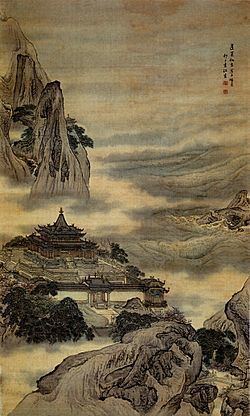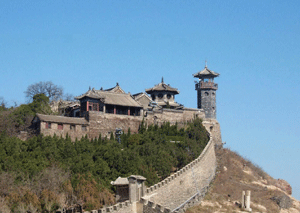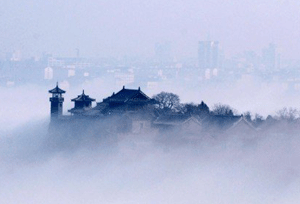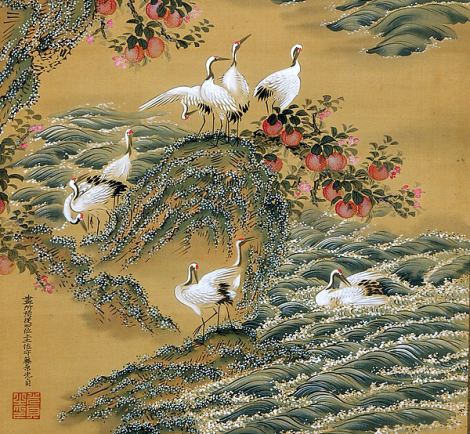Country China | ||
 | ||
Type Legendary island of immortals | ||
Penglai is a legendary land of Chinese mythology. It is known in Japanese mythology as Hōrai.
Contents
- Tomb raider salvation part 4 mount penglai walkthrough
- Location
- In Chinese mythology
- In Japanese mythology
- References
Tomb raider salvation part 4 mount penglai walkthrough
Location

According to the Classic of Mountains and Seas, the mountain is said to be on an island in the eastern end of Bohai Sea, along with four other islands where the immortals lived, called Fāngzhàng (方丈), Yíngzhōu (瀛州), Dàiyú (岱輿), and Yuánjiāo (員嬌).

Various theories have been offered over the years as to the "real" location of these places, including Japan, Jejudo south of the Korean Peninsula, and Taiwan. Penglai, Shandong exists, but its claimed connection is as the site of departures for those leaving for the island rather than the island itself.
In Chinese mythology

In Chinese mythology, the mountain is often said to be the base for the Eight Immortals, or at least where they travel to have a banquet, as well as the magician Anqi Sheng. Supposedly, everything on the mountain seems white, while its palaces are made from gold and platinum, and jewelry grows on trees.

There is no pain and no winter; there are rice bowls and wine glasses that never become empty no matter how much people eat or drink from them; and there are magical fruits growing in Penglai that can heal any disease, grant eternal youth, and even raise the dead.

Historically, Qin Shi Huang, in search of the elixir of life, made several attempts to find the island where the mountain is located, to no avail. Legends tell that Xu Fu, one servant sent to find the island, found Japan instead, and named Mount Fuji as Penglai.
In Japanese mythology

The presentation of Mt. Hōrai in Lafcadio Hearn's Kwaidan: Stories and Studies of Strange Things, is somewhat different from the earlier idyllic Chinese myth. This version, which does not truly represent the Japanese views of Horai in the Meiji and preceding Tokugawa periods, rejects much of the fantastic and magical properties of Hōrai. In this version of the myth, Hōrai is not free from sorrow or death, and the winters are bitterly cold. Hearn's conception of Hōrai holds that there are no magical fruits that cure disease, grant eternal youth or raise the dead, and no rice bowls or wine glasses that never become empty.

Hearn's incarnation of the myth of Hōrai focuses more on the atmosphere of the place, which is said to be made up not of air but of "quintillions of quintillions" of souls. Breathing in these souls is said to grant one all of the perceptions and knowledge of these ancient souls. The Japanese version also holds that the people of Hōrai are small fairies, and they have no knowledge of great evil, and so their hearts never grow old.
In the Kwaidan, there is some indication that the Japanese hold such a place to be merely a fantasy. It is pointed out that "Hōrai is also called Shinkiro, which signifies Mirage—the Vision of the Intangible".
Yet uses of Mount Hōrai in Japanese literature and art of the Tokugawa period (1615–1868) reveal a very different view than Hearn's Victorian-influenced interpretation.
